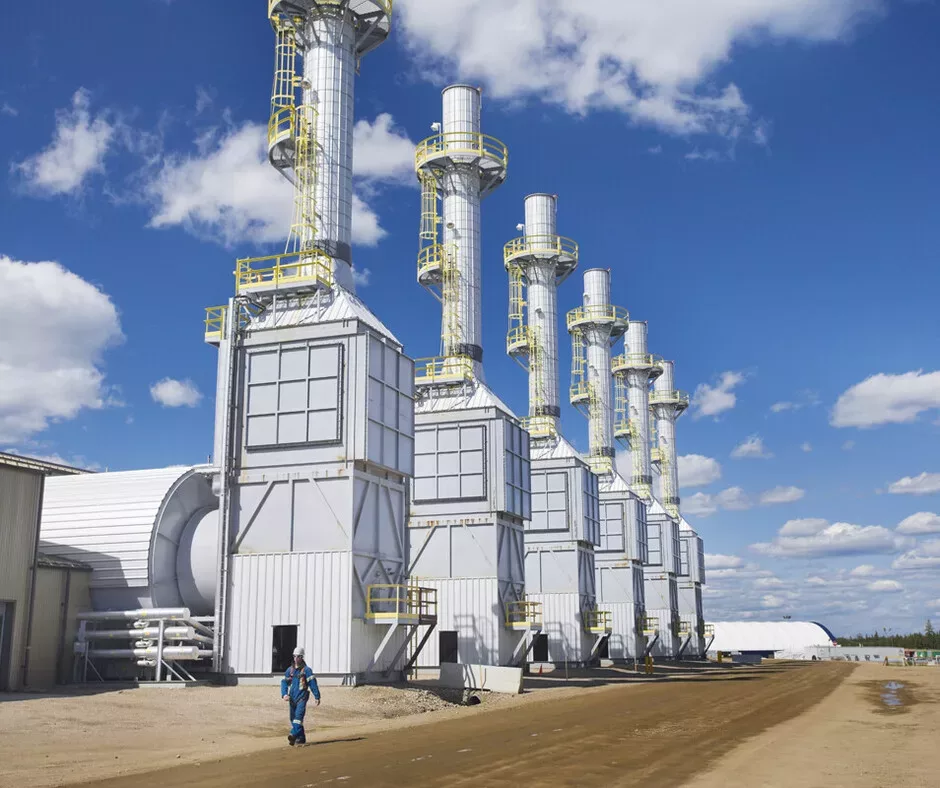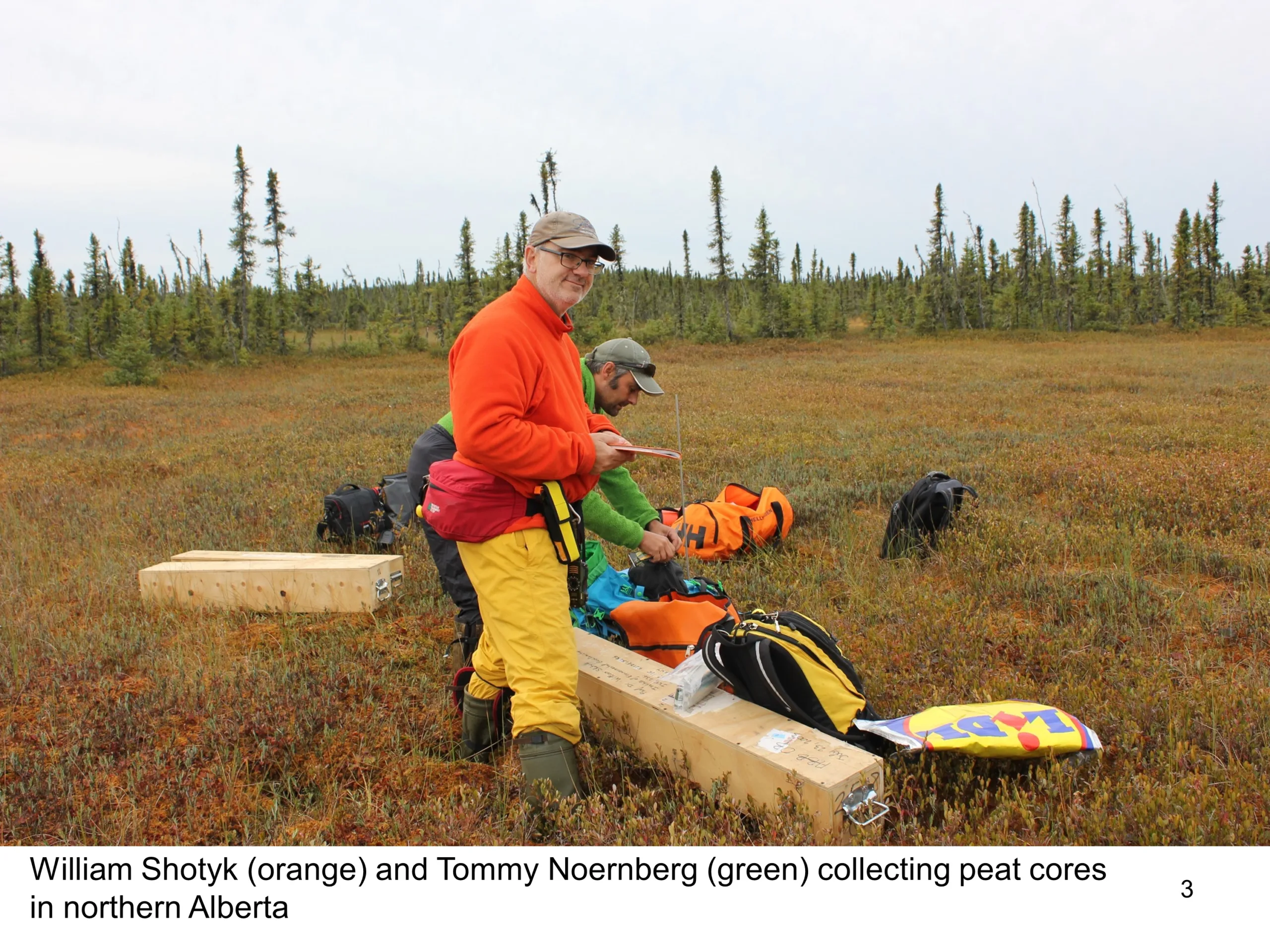Emerging Technologies – Steam reduction technologies

Leading-edge technology is integral to reducing greenhouse gas emissions on a global scale, and Pathways Alliance companies have a long track record of world-class research and development (R&D) partnerships and investments to build upon.
For more than a decade, much of that collaborative work to create a sustainable future has been coordinated by Canada’s Oil Sands Innovation Alliance (COSIA), now the innovation arm of Pathways Alliance.
Our emerging technologies series looks at some of the work being done by COSIA and the six member companies that make up the Pathways Alliance.
This feature focuses on steam reduction technologies, specifically solvents.
Solvents a breakthrough for emissions reduction
Transformational is the word that comes to mind when describing the use of solvents in oil sands extraction. In field trials, solvent technologies are demonstrating breakthrough potential to reduce—or potentially eliminate—the need for energy-intensive steam generation in steam assisted gravity drainage (SAGD) operations. Energy reduction results in lower greenhouse gas (GHG) emissions and less water use. How much depends on a variety of factors but ranges anywhere from 35 per cent to as high as 90 per cent.
Alex Filstein, Senior Reservoir Engineer at ConocoPhillips Canada and head of the company’s solvents program explains why developing solvent technologies is so important, especially now. “ConocoPhillips’ ambition is to become a net-zero company for operational emissions by 2050. As a tangible interim step towards this ambition, we have set a target to reduce our operated and net equity GHG emissions intensity by 40-50 percent by 2030, from a 2016 baseline,” he says. “There couldn’t be a better time for us to pilot and potentially commercialize game-changing technologies, such as solvents, to fulfill our goal.”
In the SAGD extraction process, steam is injected into the reservoir to heat the bitumen, so it becomes fluid enough to flow to a producing well. The natural gas combustion that’s required to generate steam produces GHG emissions. That’s where solvents come into the picture. Co-injecting the steam with solvents dramatically cuts the amount of steam required, because solvents don’t require as much heat to reduce the viscosity (thickness) of the oil.
Solvents aid in producing oil while using less water and producing fewer emissions. “That’s what makes the use of solvents so exciting,” Filstein says.
Solvents are lighter hydrocarbons, such as butane or propane, that naturally occur in conventional reservoirs. These liquified petroleum solvents are safely injected as vapour, then recovered in the bitumen extraction process and re-used over and over.
Recovery is one of the biggest challenges with solvent technologies, Filstein says. “How much solvent do we need to inject, and how quickly can we produce it back to the surface, so that it can be reused?” These questions are answered in part through sophisticated modelling simulation tools.
ConocoPhillips is now in the process of advancing solvent technologies at its Surmont site and will potentially expand testing to pads with multiple well pairs. “Significant customization is required due to geological differences in the reservoirs,” Filstein says. “That’s where industry can collaborate through COSIA and learn from each other.” Pathways Alliance members are also accelerating solvent development by partnering with academia and federal and provincial agencies.
“This ‘all hands-on deck’ approach is what’s required to improve our environmental performance in the oil sands,” Filstein says. “Reducing operational greenhouse gas emissions and practicing good water stewardship is important to all member companies and it’s important to Canadians. Solvent technologies will help us do both.”
All told, the Pathways Alliance is developing and deploying more than 70 emerging technologies to drive sustainable development of the oil sands and support Canada’s efforts to meet its emissions targets.
Learn more about the Pathways Alliance plan here.


